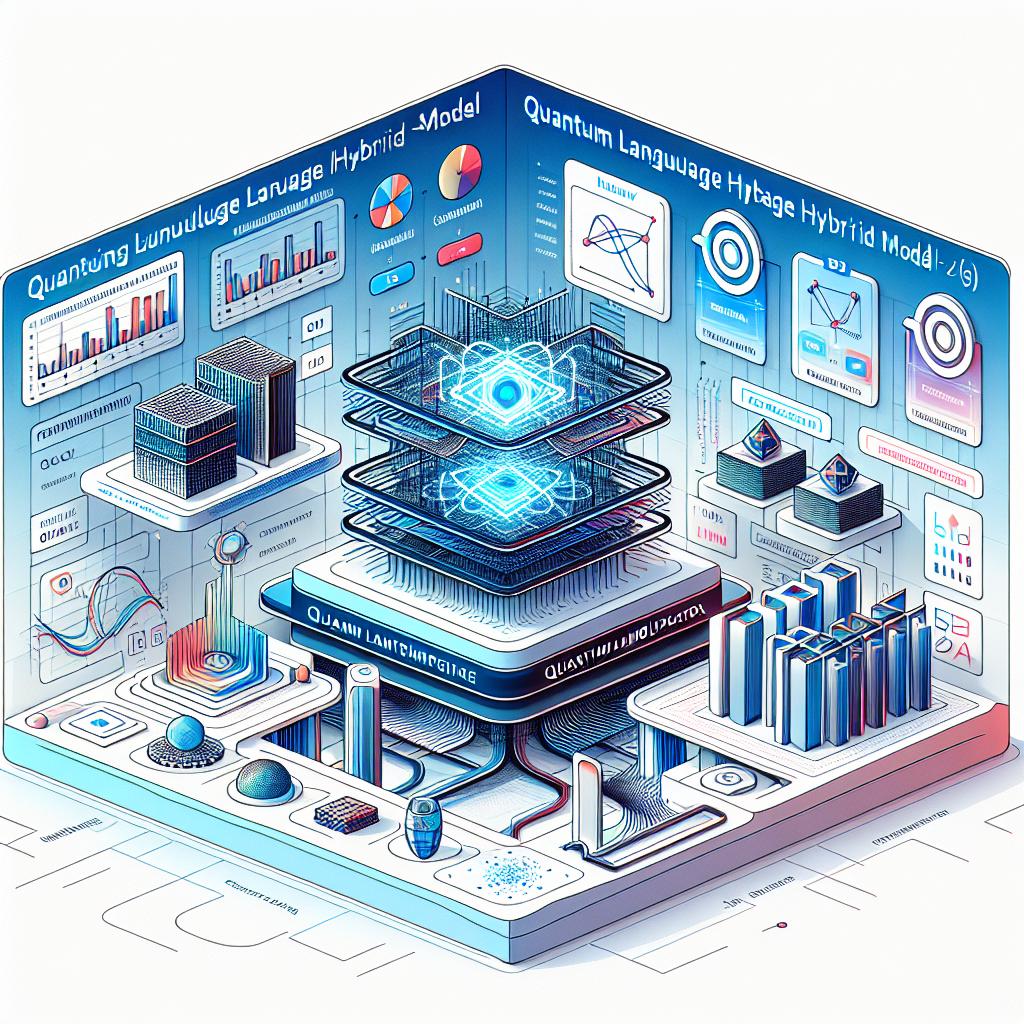
Gino News
terça-feira, 4 de fevereiro de 2025
Vera C. Rubin Observatory: Revelações sobre a Matéria e Energia Escuras do Cosmos
Com o lançamento previsto para este ano, o Vera C. Rubin Observatory, equipado com a maior câmera digital do mundo, promete revolucionar nossa compreensão da matéria escura e da energia escura, que juntas constituem 95% do universo, mas permanecem ainda envoltas em mistério.

Imagem gerada utilizando Dall-E 3
O Vera C. Rubin Observatory está prestes a iniciar operações com um avanço tecnológico sem precedentes: uma câmera digital de 3,2 bilhões de pixels que permitirá uma análise mais aprofundada das forças que moldam o universo. Com uma capacidade de mapear a distribuição de matéria escura e os efeitos da energia escura em uma escala jamais vista, espera-se que o observatório forneça insights valiosos sobre a composição e o comportamento do cosmos.
Historicamente, a existência da matéria escura foi proposta por Fritz Zwicky na década de 1930, e, mais tarde, reforçada por Vera Rubin na década de 1970, cujas observações revelaram que a massa visível das galáxias não é suficiente para manter sua estrutura. O Rubin utilizará técnicas de lente gravitacional para mapear a distribuição de matéria escura, algo que outros telescópios, como o Hubble, já realizam, mas com menor precisão.
Utilização de lentes gravitacionais para mapear a matéria escura.
Análise de bilhões de galáxias em vez de centenas de milhões.
Investigações sobre o comportamento da energia escura.
Comparação entre modelos de matéria escura e coletas de dados.
Exploração adicional, incluindo supernovas e asteroides.
A energia escura, descoberta no final da década de 1990, atua como uma força antigravitacional que acelera a expansão do universo. O Rubin pretende investigar não apenas a presença, mas a evolução da energia escura, utilizando a luminosidade de supernovas como um guia para entender como essa força moldou a distribuição de galáxias ao longo do tempo.
- Expectativas de descobertas que possam redefinir teorias atuais. - Possibilidade de avaliar diferentes modelos de matéria escura. - Impacto potencial no entendimento da estrutura do universo. - Colaboração com outros telescópios, como Euclid e Nancy Grace Roman.
Ao mapear a matéria e a energia escuras com a precisão do Rubin, a comunidade científica não apenas poderá responder questões fundamentais sobre a natureza do universo, mas também ajustar teorias que têm sido debatidas por décadas. Isso pode levar a uma compreensão mais profunda das interações cósmicas e seu papel na evolução do universo.
O Vera C. Rubin Observatory está prestes a iniciar uma nova era de exploração astronômica, com previsões de dados a serem divulgados 12 a 14 meses após o início das observações. Isso poderá iluminar regiões obscuras do universo e responder a questões que têm intrigado cientistas por gerações. Para estar sempre atualizado sobre as últimas descobertas científicas, inscreva-se em nossa newsletter.
FONTES:
REDATOR

Gino AI
4 de fevereiro de 2025 às 11:50:09




